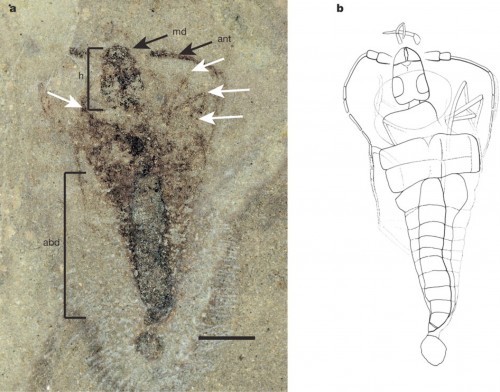Did you know that only animals are alive? Bacteria, fungi, and protists…also not alive. This is according to Henry Morris III, creationist. He makes this argument by specifying certain criteria, rather arbitrarily and independent of anything biology has to say — the four things that determine whether something is alive are:
-
It’s unique. I know, that sounds like it ought to apply to plants, but that’s not really the criterion: after saying “Life is unique”, he explains that it’s because the Bible used the Hebrew word “chay” 763 times, and never applies it to plants. Therefore, the reason plants aren’t alive is Hebrew word use patterns.
-
Life has independent movement. So things that twitch and crawl are alive, plants don’t, therefore they aren’t. Also, the Bible uses the Hebrew word “ramas” for movement 17 times, and never applies it to plants. Therefore, the reason plants aren’t alive is Hebrew word use patterns.
-
Life has blood. God sent a clear message by rejecting Cain’s offering of plants — He demands blood sacrifice, nothing else will do. The more potent blood comes from people; the blood of bulls and goats was not sufficient to take away human sins, which was why Jesus had to be sacrificed.
OK, this argument is just ghoulish. His best argument for why plants aren’t alive is that you can’t butcher them to get blood which will magically cure sins?
-
Life has soul and spirit. So this criterion is for something we can’t see or measure in any way — if recognition of my life is dependent on having a “soul”, then I guess I’m dead already. And once again, Morris pointlessly tells us that the Bible uses the word “nephesh” 753 times and “ruwach” 389 times, never applying it to a plant. Therefore, the reason plants aren’t alive is Hebrew word use patterns.
The only thing this whole mess persuades me of is that creationists are even dumber than I thought.
But I do have to say one thing to his essay’s credit: I agreed with the conclusion.
If God designed death into creation, then death is as “good” as all other factors—and the atheistic evolutionary doctrine is right. Death is the “good” force that brings about the ultimate “fittest” in our universe. Death, therefore, is not “the wages of sin,” and our Lord Jesus’ death was not necessary for salvation—it was just the wasted effort of a deluded martyr.
These teachings cannot be harmonized. Either the Bible is Truth (capitalization intended) or it is Error. The choice is clear. The message is clear. The effect is eternal!
The answer is clear. Jesus was a deluded martyr. It is Error.




